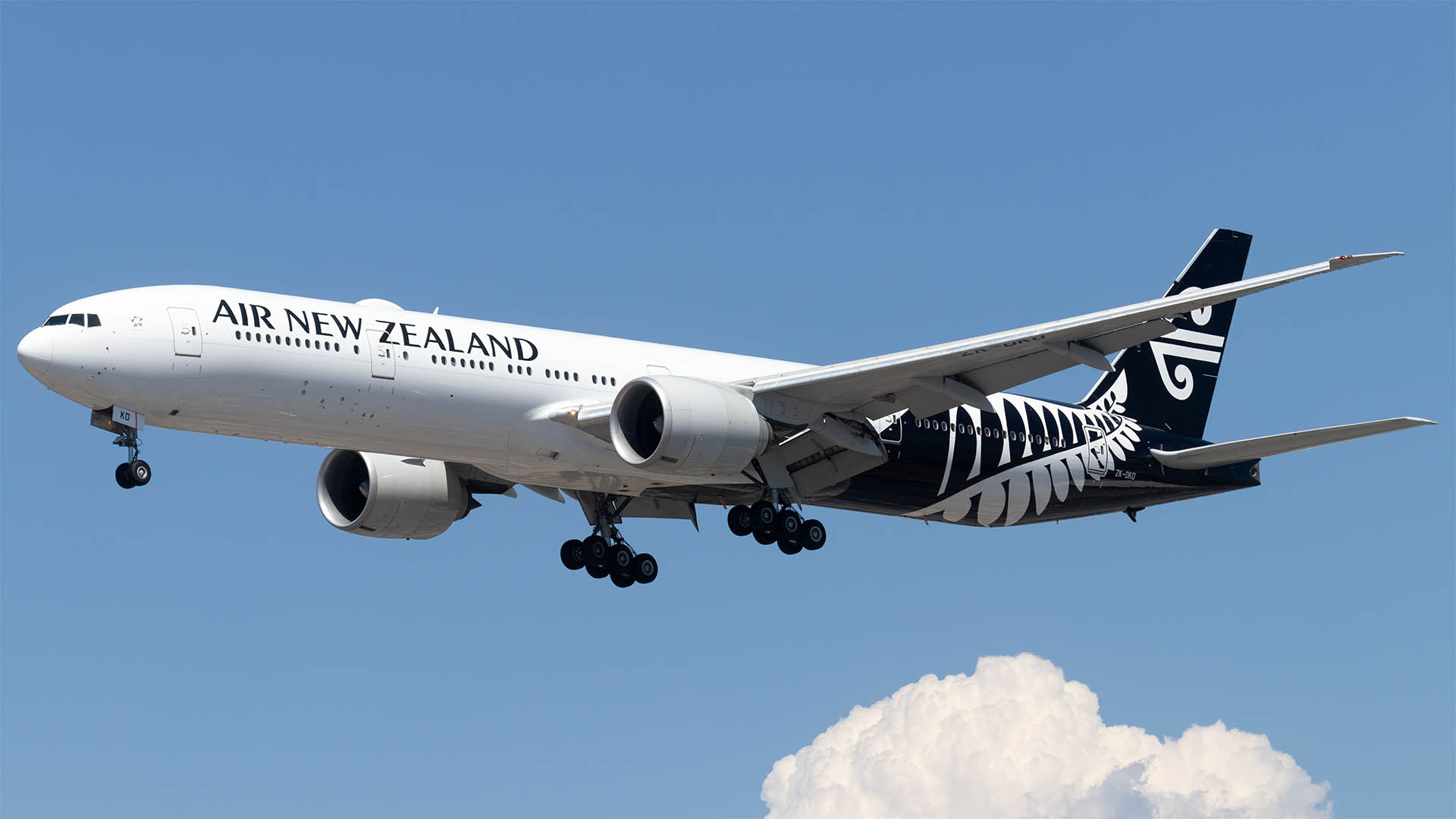The Reserve Bank fo New Zealand says it will keep its official cash rate at its current “expansionary level” of 1.75% for “a considerable period to contribute to maximising sustainable employment, and maintaining low and stable inflation.” And that period could be another two years.
In a decision issued this morning announcing its latest monetary policy statement the RBNZ Governor Adrian Orr sounded a lot like his Australian counterpart, Phillip Lowe who only on Wednesday repeated the now familiar mantra that the RBA would leave its cash rate at the current record low of 1.50% to support the economy for as long as it could.
“Given that the progress in reducing unemployment and lifting inflation is expected to be only gradual, the Board does not see a strong case for a near-term adjustment in monetary policy,” Dr Lowe told a Sydney lunch on Wednesday. In fact with the bank now seeing inflation remaining low until 2020 and not rising into the target range later this year, and unemployment remaining at 5% or above until the end of 2020, rates in Australia will be on hold for another 18 months at least
Governor Orr said something similar, but more definite in his statement on Thursday morning "We expect to keep the OCR at this level through 2019 and into 2020, longer than we projected in our May Statement. The direction of our next OCR move could be up or down.”(Unlike Dr Lowe who says the next move in Australia looks like being up – but when is the big unknown).
"While recent economic growth has moderated, we expect it to pick up pace over the rest of this year and be maintained through 2019.
"Robust global growth and a lower New Zealand dollar exchange rate will support export earnings. At home, capacity and labour constraints promote business investment, supported by low interest rates. Government spending and investment is also set to rise, while residential construction and household spending remain solid.
"The labour market has tightened over the past year and employment is roughly around its maximum sustainable level. We expect the unemployment rate to decline modestly from its current level.
"There are welcome early signs of core inflation rising. Inflation will increase towards 2 percent over the projection period as capacity pressures bite. This path may be bumpy however, with one-off price changes from global oil prices, a lower exchange rate, and announced petrol excise tax rises expected. We will look through this volatility as appropriate, and only respond to any persistent movements in inflation.
"Risks remain to our central forecast. The recent moderation in growth could last longer. Low business confidence can affect employment and investment decisions. Conversely, there is a chance that inflation could increase faster if cost pressures can pass through into higher prices and impact inflation expectations, “ Governor Orr said.












